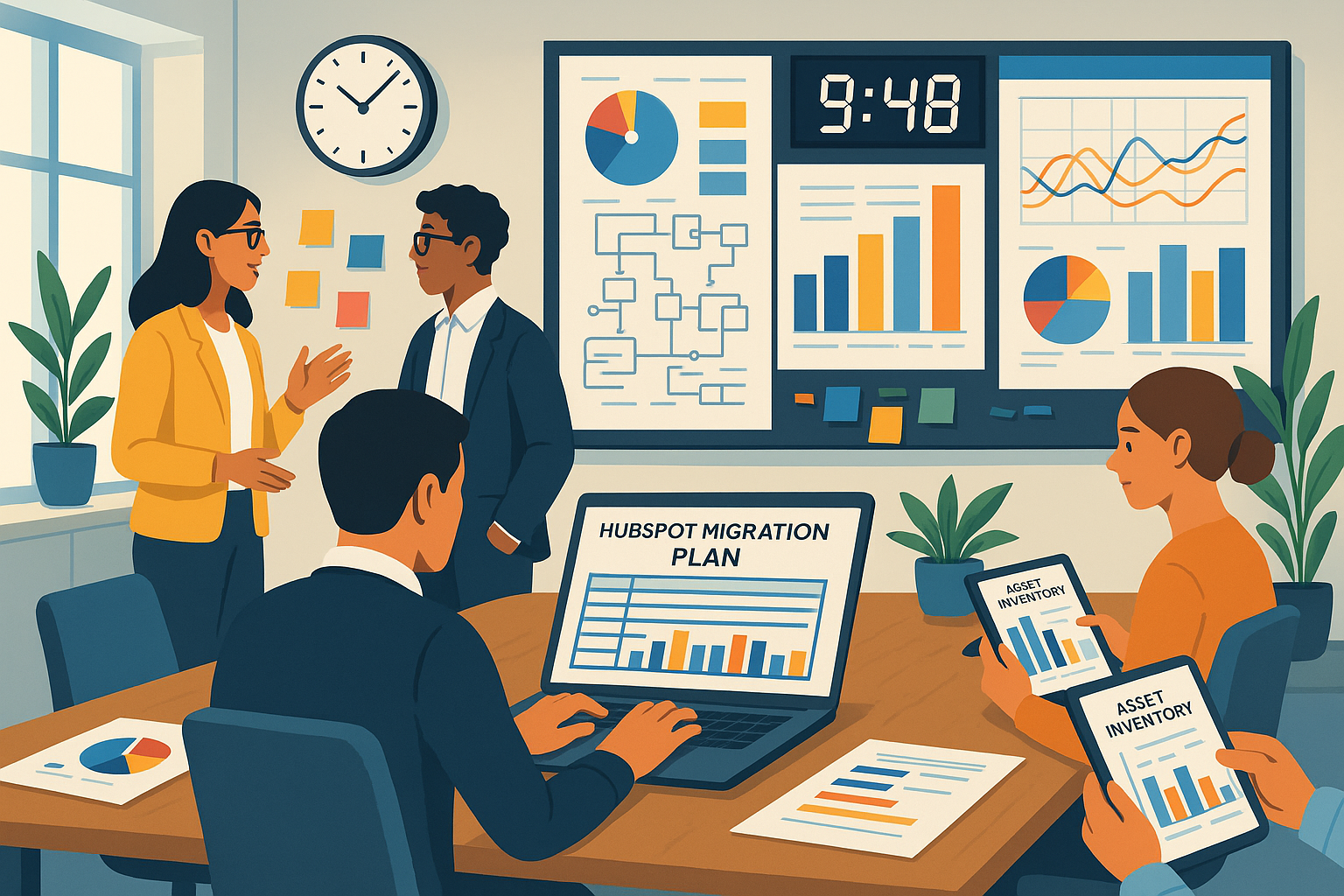The world is constantly changing, and consumer attitudes are consistently shifting. Whether it’s for multiple smartphone cameras or a new clothing style, consumer trends can dictate the way businesses work and the products they make.
To stay ahead of the pack and provide consistent value to your customers, you must understand the latest trends. This way, you can retain current customers and acquire new ones, increasing your customer base, brand awareness, and sales.
For example, watching CRM trends allows you to keep top of your customer interactions and adapt to drive business growth.
Below are four major consumer trends to keep your eyes fixed on in 2023. While one or two will feel familiar, keeping your finger firmly on the pulse of consumer wants and needs will guide you to success.
- Online shopping continues to grow.
It’s undeniable that online shopping is a mainstay in most households, and it’s a growing trend to watch out for in 2023.
Companies like Amazon have made eCommerce a fast and easy option for homes worldwide. Furthermore, small businesses and entrepreneurs can provide a convenient and simplified shopping experience with Etsy, eBay, and third-party eCommerce platforms.
In turn, consumers are opting into increasingly buy online, making it essential to gear your business towards an eCommerce future.
When creating your eCommerce plan to capitalize on increased online shopping, there are three main aspects to consider:
- What consumers want
- Mobile-friendly shopping
- Social media
What consumers want
Keeping a close eye on what consumers want when shopping online is crucial to creating a positive eCommerce experience. By improving your eCommerce store, you can drive consumers to shop more and increase average order value, boosting your revenues.
You can use customer questionnaires and scour through online reviews to discover precisely what your shoppers expect and the improvements you should make. However, it can take time to collect and analyze data. In the meantime, carrying out widespread changes can help you get ahead:
- Offer fast and reliable delivery
- Add free shipping options
- Broaden the variety of products you have
- Expand your inventory so customers aren’t waiting for new stock
Mobile-friendly shopping
Smartphones have truly become ubiquitous in the last twenty years, and we’re increasingly spending time on them. Likely, you’ve already used your mobile phone today to keep in touch with friends or family, browse social media, watch an online video, and carry out work tasks.
We spend 4.8 hours a day on our phones, with nearly $320,000 spent on app stores every minute. With consumers focusing their attention on mobile, your eCommerce strategy must follow suit.
It’s more than just creating a mobile app or version of your website. It’s about developing an enjoyable mobile experience for your customers. While you can create a responsive, fast, and easy-to-navigate website or app, don’t stop there. Look to incorporate mobile features, such as location, SMS messaging, and notifications into your strategy.
For example, if you’re having a sale, announce it through text or pop-up mobile notification. It will allow you to add individual personalization to the message and ensure your customers see it.
Additionally, look to adapt your marketing materials and content to fit mobile screens better. Overhaul display ads and email newsletter design align with a mobile-first generation.
Social media
Social media sites, such as Facebook, TikTok, and Instagram, have billions of monthly users. With images and videos going viral in a few hours, your social accounts are valuable tools to drive eCommerce sales upwards.
For example, Instagram shopping enables businesses to add products to shopfronts and posts. Additionally, partnering with creators allows passive selling to boost brand awareness and ultimately sales.
Identify the social channels you can sell through and nurture them to ensure you react positively to the trend of growing online shopping.
- Increase in subscriptions
The internet serves as a platform for various technologies to flourish, from eCommerce to video games to streaming movies. Collectively, they build a digital customer experience that is vibrant and widely accessible.
In recent years accessing these experiences have been a mix of subscription services and traditional purchasing. But, subscriptions have become a significant consumer trend to watch out for in 2023.
Subscriptions commonly refer to paying for access to apps, content, or online services. For instance, streaming services like Disney+ or Netflix are examples of successful subscription models.
But, subscriptions no longer relate to just online products but physical ones.
For example, HP has an Instant Ink program, where they supply free printer ink cartridges and charge users only for printed pages. It provides value for customers and provides HP with a steady revenue stream, as consumers must use HP and not third-party ink cartridges.
Other recent physical product subscriptions include coffee machines, cars, and clothing. This type of servitization enables customers to trial and use products they can’t ordinarily afford.
Compared to the traditional business model, where consumers buy online services when they need them, subscriptions can offer cheaper monthly payments with auto-renewals and increased value. It widens your market reach and generates regular direct sales.
Whether it’s books or fixed VoIP subscriptions, consumers can build a more profound, ongoing relationship with brands and provide regular, predictable revenue for businesses.
Therefore, transitioning your products and services to a subscription-based model is essential to retain and acquire customers in the long term.
- Consumers crave immersive experiences.
In the previous two points, shifting to online services has been a consistent consumer trend, and you won’t be surprised that this is one too. Consumers are craving immersive experiences.
Whether for sporting events or online shopping, the consumer experience has always been essential to increasing conversion rates. But, the rise of Virtual Reality (VR), Extended Reality (XR), and Augmented Reality (AR) have provided brands with the opportunity to engage with their customers in a whole new way.
For example, if you want to see what a bookshelf would look like in your front room, you would have to visit a store or use online measurements to approximate it. With AR, customers can picture the bookshelf virtually through their phone screen, moving it to different locations, and seeing what it looks like in reality. AR has also been used to visualize various paints, hairstyles, and clothes.
Similarly, VR technology provides a simulated experience, making it popular for video games, educational purposes, and when holding a virtual meeting or event.
While virtual technology isn’t new, it’s growing. Amazon already uses it for some products, and other businesses are catching on. Additionally, it can eliminate consumer doubts when trying to picture costly physical items in their homes or on themselves.
By incorporating immersive virtual experiences into your mobile apps and services or showing off your products, you can move ahead of the competition and provide consumers with what they crave.
- Sustainability is on everyone’s lists.
There’s always been a minority of consumers opting for sustainable products and buying from sustainable companies, but in 2023 it’s becoming a significant trend.
Environmentalists, like Greta Thunberg, have made it impossible to ignore the growing threats of climate change, especially as the effects become apparent. It’s forced consumers to be increasingly aware of their actions and how it impacts the world around them.
So, it’s no surprise that consumers use their purchasing powers to invest in sustainable products and businesses. As they look for responsible, eco-friendly alternatives, brands have an opportunity to capitalize on consumer buying habits.
To stay relevant to consumers, you must look at your processes and consider moving to sustainable options. It could be electric delivery vehicles, biodegradable packaging, or a paperless office. Technology can be vital here, with business practices and software development intersecting to construct tech for a changing workplace.
Creating and announcing sustainable policies, products, and business practices has become essential to attract consumers today. By doing so, you’re making a significant investment in the future success of your company.
Do what consumers want.
You should have exciting ideas about your business direction. But, when it comes to plotting your business path, understanding what consumers want is more important than your desires.
It can mean changing strategies, investing in marketing automation tools, or dramatically altering your business model. For instance, as Apple improved the iPhone, they made their classic iPods obsolete. Subscription-based streaming music services, like Apple Music, are now the go-to apps for mobile. By sticking to consumer trends, Apple achieved long-term success.
It can seem ruthless to turn away from the product that helped build your company. But, as Apple showed, it’s a courageous step that needs to be taken to continue innovating, provide consumers with what they want, and secure a successful, profitable future.
From manufacturing new products to migrating your CRM, trends signal where your business needs to go to achieve its primary goals. While we’ve gone over 2023 trends here, make sure you keep your eye out for future changes to consumer attitudes, ensuring your 2023 and 2032 are just as successful.




